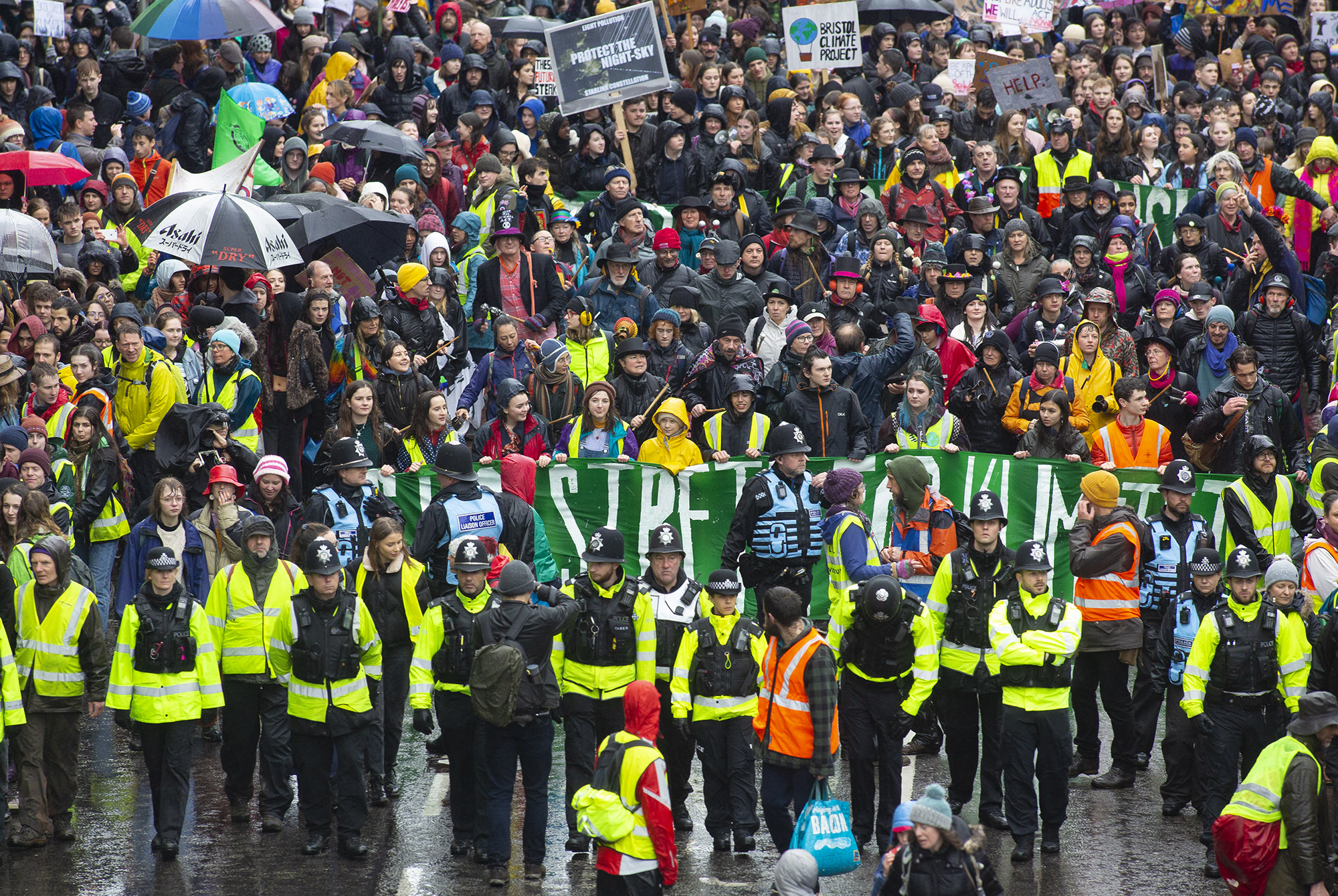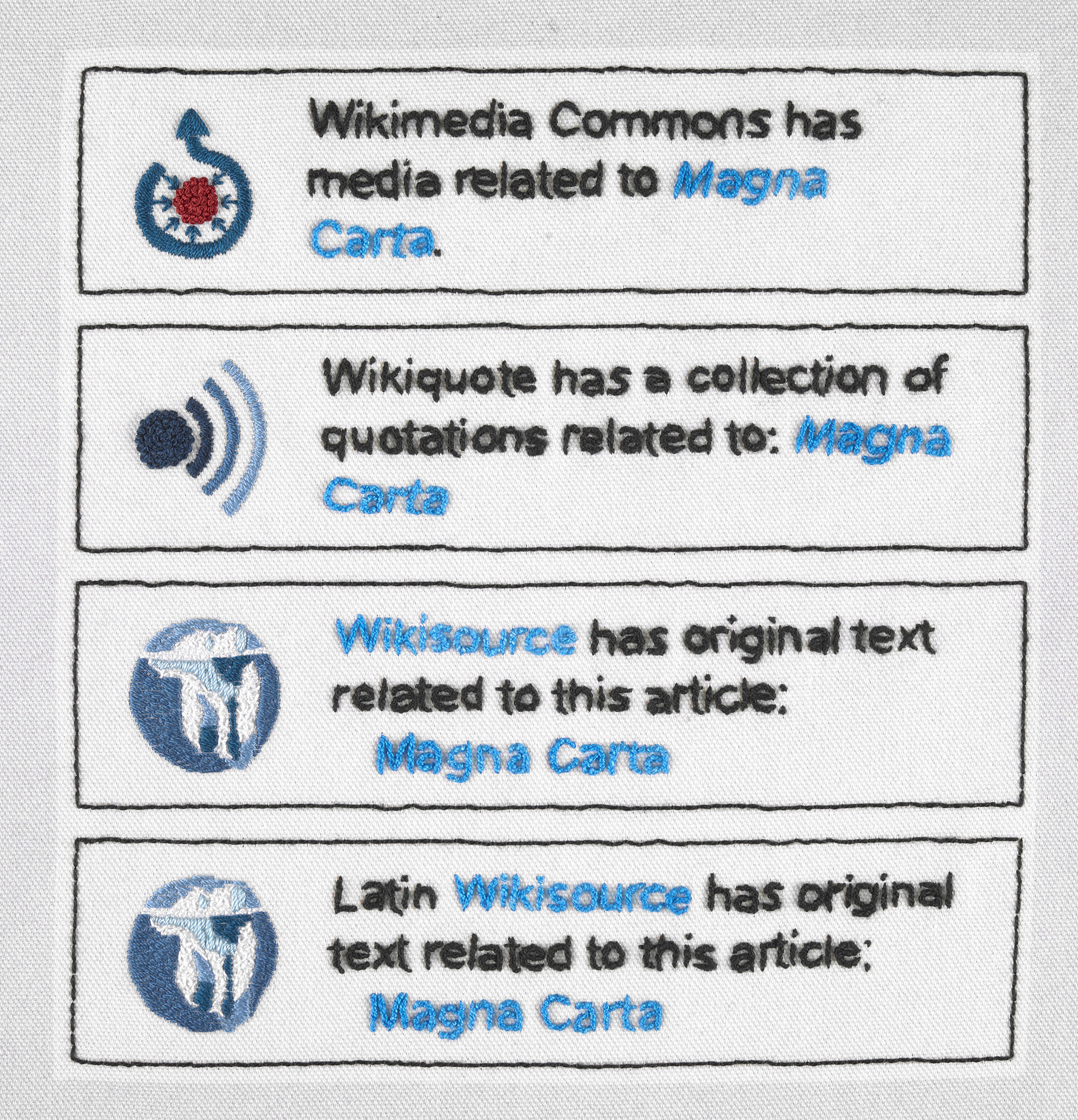02 Mar Let’s march!

Each member of the Crafting the Commons network has been invited to write a post for the blog, capturing their thinking about commons and commoning as the project unfolds. This first post is by Heidi Hinder.
Heidi Hinder is an artist-maker and researcher. Trained in Jewellery, Silversmithing & Related Products, Heidi’s cross-disciplinary practice incorporates wearable technologies and speculative design, in addition to more traditional art objects. She explores the opportunities afforded by digital innovation in her work, while maintaining integrity to her craft-based training and an adherence to the value of materials and making. Her work can be enjoyed in the permanent collections of many national and international museums such as the British Museum, the Goldsmiths’ Company, the Victoria and Albert Museum, and the American Numismatic Society in New York.
‘The most important example of the Commons is the planet’, states Dr Naomi Millner, as we meet to discuss the theme of this research project and exhibition, called We Are Commoners.
This simple but startling observation is supported by Peter Barnes’ definition of the Commons, used as a starting point for our group exhibition, to be held later this year: ‘Things we share/ Places we share/ Systems we share/ Ideas we share/ Culture we share.’ And all this, located on the planet we share.
Naomi, who is a political-economic geographer at the University of Bristol, expands on her point about the planet, highlighting the fact that the Earth as Commons includes the non-human as well as the human. ‘What about the rights of nature?’ she asks, ‘Does the river have a voice? And who is it that speaks for the forests? Sometimes we may think we’re commoning but in fact we are colonising’.
The challenges and tensions inherent within the theme of the Commons and the act of ‘commoning’, are already self-evident. Where to begin with such an urgent, precarious and shifting subject? How can we common in an individualized world, where ‘the privatization of every aspect of life, and the transformation of every activity and value into a commodity’ (1) seem to be overtaking society, and indeed the planet?
The new commons perspective, Naomi explains, focuses less on governance and more on commoning as a social movement, and our social capacity to change. ‘It exists because people organise’, she says. I find this idea exhilarating and compelling. Commoning is at the heart of social and ecological practice.
Integral to these questions and concepts, I happen to be writing this blog on the day that Greta Thunberg is visiting Bristol, the city where I live, to address and march with thousands of others at the Bristol Youth Strike 4 Climate protest. Greta’s claim, that ‘no one is too small to make a difference’ is certainly evidenced by her own personal protest journey and demonstrates the power of our social capacity to change, to effect change, and to organise. Here we can see the power of the collective scale:

Amidst the magnitude of these global issues, and global movements, the focus of this project and exhibition – which is to consider the Commons, new commons or commoning through the lens of craft and my creative practice – seems daunting to say the least.
What similarities and differences might there be between commoning and craft? If commoning is a social practice, the same can often be said for craft and design. Making has a social dimension, as does commoning, where it is initiated and managed by the community. Shared makerspaces, skill swops, repair cafes, group craftivism or pop-up exhibitions in disused spaces are just some examples of a type of craft commoning, a convergence of craft and the commons. Craft typically draws on tradition and re-invents it in order to make something new. But the recurrent tensions implicit within the theme of commoning, also exist for craft. Frequently, the value of craft lies in the tacit knowledge and skill of the craftsperson, and in the very fact that not just anybody can make it; here is an inequality at odds with commoning.
One particularly inspiring example of craft commoning, I would suggest, is Cornelia Parker’s Magna Carta (An Embroidery). This 13 metre long artwork is an embroidered representation of the complete text and images of a Wikipedia article for Magna Carta, as it appeared on the 799th anniversary of the original Magna Carta document. The Wikipedia page for the embroidered artwork tells us how ‘Parker invited some 200 people to hand-stitch portions of the work including prison inmates, civil rights campaigners, MPs, lawyers, barons and artists. Much of the work was done by 36 prisoners from 13 different prisons in England, under the supervision of the social enterprise Fine Cell Work (2) . There is humour in the work too. Jarvis Cocker embroidered the words ‘common people’, while Cornelia Parker chose the word ‘prerogative’.

In its themes and method of creation, Magna Carta (An Embroidery) symbolises socially-engaged craft and design as a catalyst for change. It resonates from its 800 year origins, and now represents the utopian project that is Wikipedia as well. It demonstrates collective action, and over 13 metres, the artwork reveals how no one is too small to make a difference. Indeed, in the spirit of the original Magna Carta, and as the design duo Dunne & Raby point out in their book, Speculative Everything, ‘today, we can strive for one million tiny utopias each dreamt up by a single person’ .
So what role might craft and design continue to play in helping us to envision these tiny utopias, which could then be amplified on a collective scale? This is something which is explored and interrogated throughout Dunne & Raby’s book, Speculative Everything: Design, Fiction and Social Dreaming. They take the view that ‘design speculations can act as a catalyst for collectively redefining our relationship to reality’ , further suggesting that reality will become more malleable if we speculate more. If we want to create alternative futures, we need to be able to imagine them. Dunne & Raby agree with Paola Antonelli, Senior Curator of Design at MOMA, in her observation that museums and galleries ‘can become laboratories for rethinking society, places for showing not what already exists, but more importantly, what is yet to exist’ . Perhaps this could be a compelling mission to aim for within We Are Commoners when it is exhibited at the first venue, the Midland Arts Centre in Birmingham.
In response to all these influential ideas and artworks, and alongside Naomi Millner’s academic expertise and research, I am planning to create a series of speculative design provocations for the We Are Commoners exhibition, and to explore commoning through a series of thought experiments using different materials, processes, methods and collaboration.
To return to the most important example of the Commons that is the planet, and the urgent need for commoning, to find a pathway to sustaining life – in this instance, whatever tools we use, whatever medium we choose, it seems we require a collective approach in this call to action. Metaphorically speaking, as Greta said in her speech today: ‘Let’s march!’

